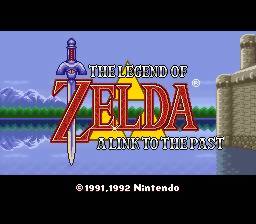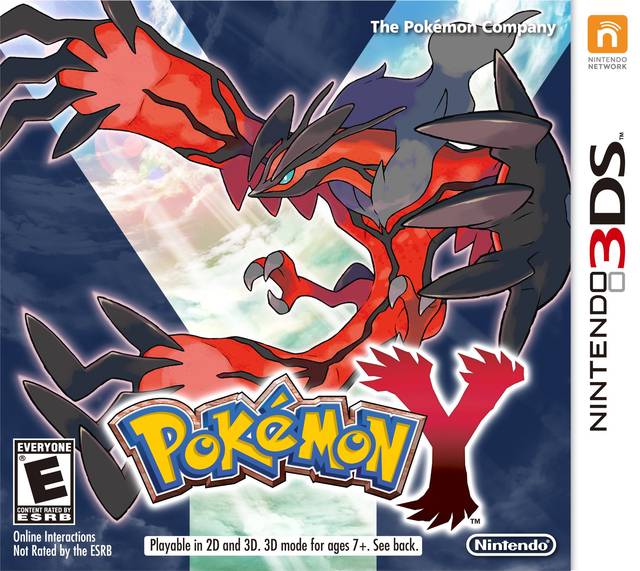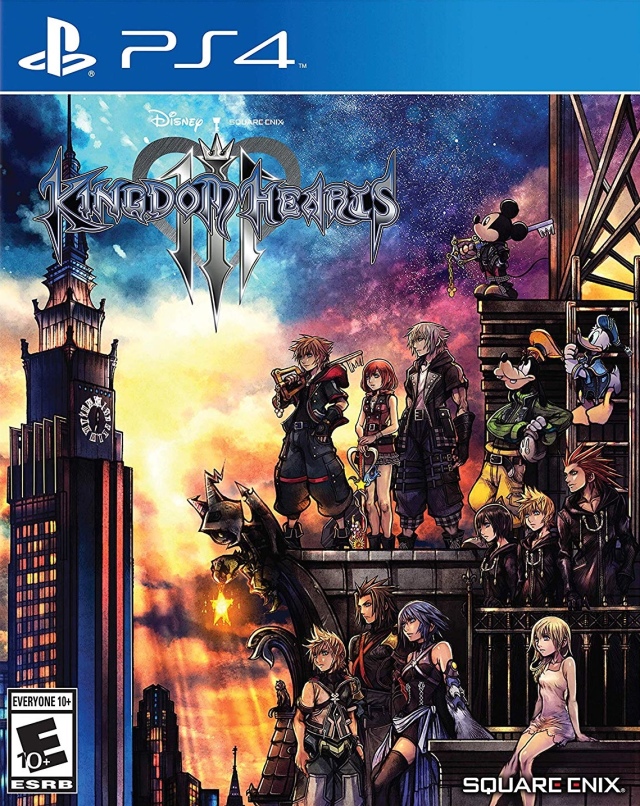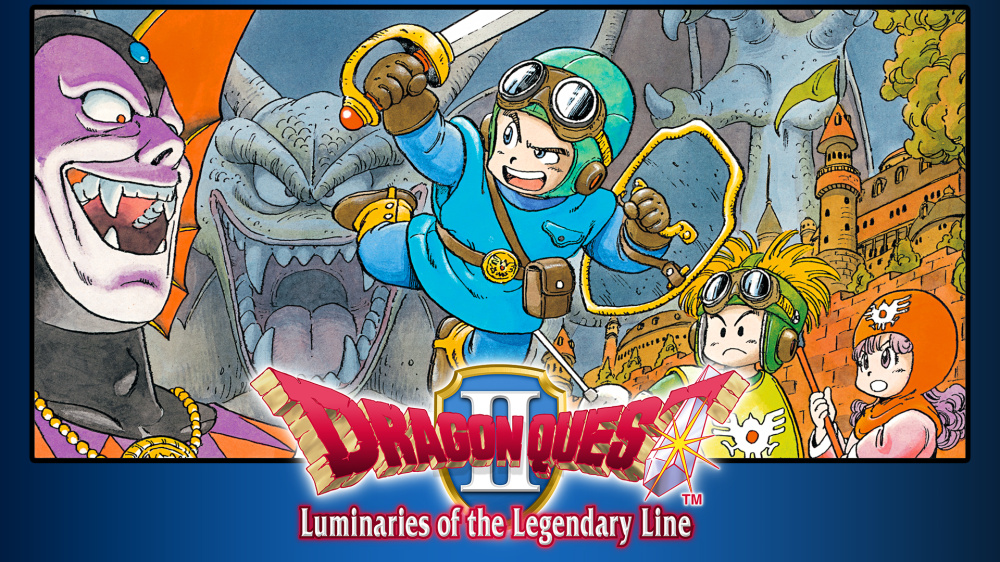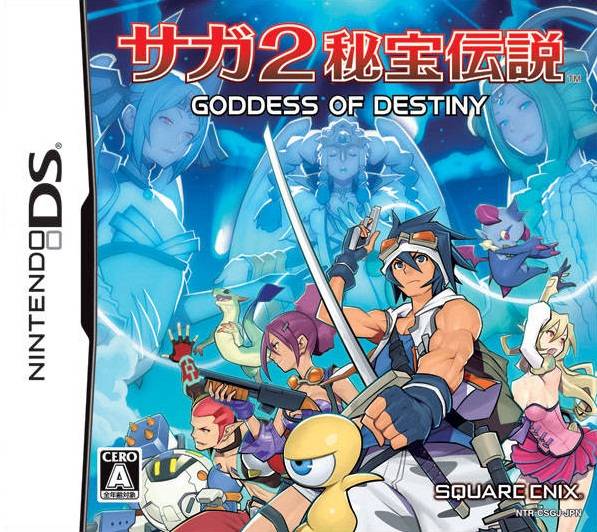Fire Emblem Awakening
Sep. 3rd, 2022 05:58 pm
The Emblem Awakens
I’ll confess that I’m not a huge fan of Nintendo’s flagship franchises, among them the strategy RPG series Fire Emblem, which wouldn’t release outside Japan until the Game Boy Advance came about. I didn’t play the initial translated titles, although I felt that the Nintendo DS remake of the inaugural entry, Shadow Dragon, would be a good diving board into the franchise. How wrong I was; it ended up being one of few RPGs I ended up unable to finish, with the final battle being a wall preventing me from seeing the ending, although I did barely make it through the endgame a few years later with the partial help of the player’s guide (although there were nonetheless many tough moments).
I more or less swore off the series, and when the first title for the Nintendo 3DS, Fire Emblem Awakening, came along, I was apathetic, although when I learned that Intelligent Systems was making optional a hallmark of the franchise, the permanent death in battle of characters, I decided to give it a third chance, and luckily, it was a chance for the better. Upon starting a new game, the player has a number of options affecting the difficulty, the ability to toggle on/off permadeath among them, and creates an avatar to serve as chief deuteragonist and tactician for the player’s party, with the need to pick both a talent and a flaw for the customizable character influencing stat growth.
Awakening occurs roughly two millennia after the events of Shadow Dragon and Gaiden (which would receive the remake Shadows of Valentia), with their respective continents receiving the new names of Ylisse and Valm. The player’s amnesiac avatar, default name Robin, dreams of killing protagonist Chrom, who leads a personal army known as the Shepherds. Following this is an episodic military campaign that culminates with Chrom’s crusade against the ancient dragon Grima, with great potential for variation, many playable characters able to marry and have children, and the fates of all survivors settled during the ending credits similar to the Suikoden series.
While the characters receive decent development throughout the game, even more so with support conversations eventually triggered when units attack enemies whilst adjacent to other party members a certain number of times, the narrative clearly derives elements and twists from the Star Wars franchise, among them being a resistance against an unjust government. There is a lot of good dialogue, although the translators often made little effort to make the speech sound realistic, with the oath “Gods!”, for instance, sounding asinine when “By the gods!” would have sounded better (and is used maybe once), mayhap even “Heavens!” The voice clips accompanying many cutscenes also rarely, if ever, match the actual dialogue, and overall, Awakening is at the low end of Nintendo’s translation quality.
Luckily, given the major tweaks to the series’ signature strategic gameplay, that particular aspect is significantly more bearable than in prior installments, with the setting consisting of an overworld connected by dots indicating locations, most of which have shops where players can purchase equipment, money primarily gained from small, medium, and large gold bullions commonly acquired from slaying certain enemies in combat. Those worried about not being able to grind their characters supplementally can rest assured that additional encounters appear regularly on the overworld in between story battles, and Reeking Boxes buyable from a few merchants can trigger additional engagement opportunities, enemy strength dependent upon where the boxes see use.
As in pretty much any other game of its subgenre, Awakening sees cutscenes preceding battles, mercifully skippable in case of instances where either Chrom or Robin dies in combat, resultant in an unceremonious Game Over and trip back to the title screen, any experience units acquired lost, largely a deterrent against the accessibility of titles of its type. Each character can carry five different items with finite uses including self-healing potions, melee or ranged weapons, offensive magic tomes with close and ranged capability, or staves with supportive effects like healing.
Characters have up to three proficiencies with various weapon types, increasing slowly up to the maximum A grade with a successful, provided an engaged enemy’s counterattack doesn’t kill the initiator of a one-on-one skirmish. Adding strategy to battles in the need to consider the “Weapon Triangle”, where sword bearers beat axe wielders, axe users have advantage over spear-bearing units, and spears beat swords. Other elements to consider include certain weapons like bows and tomes like wind being effective against aerial units and that magic in general can be advantageous versus heavily-armored foes, although spells in general don’t seem to have their own “triangle”.
The acquisition by a unit of a hundred experience points levels them, increasing their stats, and when they reach ten, they can change into an advanced class using Master Seals, sometimes purchased from shops or gained from slain adversaries. However, it’s advisable for a unit until they reach the maximum in their base class of twenty before promotion to ensure they can acquire the highest degree of stats in their upper vocation, which in most cases has a level cap of twenty, although there are some exceptions such as dancers, useful in giving units extra turns and able to level beyond that limit.
The mechanics work well given especially the optionality of permadeath, features like two suspend save slots in the middle of combat, the ability to bring up a “danger zone” indicating if enemies can attack the player’s characters during their turn session, and skippable actions that can really shave superfluous playtime, although many players will require a fair bit of grinding in order to make it through the primary storyline campaign, leveling weaker characters can be tedious, and tasks such as exchanging items between units like keys to open chests and doors (though thief classes can do so without them) can waste the player’s time. Regardless, the gameplay was definitely a major step forward.
However, newcomers to the Fire Emblem franchise won’t exactly find it the most user-friendly strategy RPG, since the interface for the units and their respective inventories takes a lot of getting used to, and seemingly-simple tasks such as exchanging items between characters feel needlessly tedious. However, given the game’s straightforward structure, finding out how to advance the central storyline is nonproblematic, and as mentioned, the skippable attack sequences in combat can shave hours from one’s total playtime. Another nitpick, though, is that players can’t back out of shopping by using the B button alone, with the dialogue to do so needing them to use the directional pad. Overall, Awakening could have definitely interfaced better with players.
On the plus side, the soundtrack is another high point of the first 3DS Fire Emblem alongside the game mechanics, given many spectacular tracks such as the series’ central theme serving as a common motif throughout the player’s experience, the various battle themes preceded by the preparation music, and the great instrumentation and vocals that sometimes become audible, but many players will ultimately tire of hearing the character death music for the millionth time. The sound effects during cutscenes and one-on-one confrontation sequences in combat sound believable, although the voice acting, despite maybe a few strong performances, is largely lackluster, given things such as the constant grunting and dissonance with the written dialogue. Still, the game generally sounds great.
The visuals had a lot of effort put into them as well, with superb character designs that commonly appear during cutscenes, not to mention the cel-shaded anime sequences occurring at pivotal plot moments. The one-on-one skirmishes between player and enemy units look good as well, with decent colors in spite of frequent pixilation and jaggies, although the three-dimensional character models have odd proportions and the odd decision to make them appear as though they have no feet. The game, however, makes superb use of its respective system’s glasses-free 3D, and while they’re not perfect, the graphics have plenty redeeming aspects.
Finally, the game can be a bit of a slog timewise if the player sits through every character and enemy executing their actions, but those who turn them off will mostly blaze through the game in a somewhere under twenty-four hours. The different difficulty settings, potential plot differences, and the ability to carry maybe an element or two from an initial playthrough into a secondary session making for above-average lasting appeal.
On the whole, while Fire Emblem Awakening I don’t exactly consider a masterpiece, since it does have a few issues regarding the general accessibility of the strategy RPG subgenre, it was a huge step forward for the franchise, given especially the optionality of the series’ orthodox tactical mechanics, along with potential variations in the central narrative as well as solid aural and visual presentation. Granted, it does have issues regarding its unwieldly interface not to mention the derivative disposition of the storyline, but those hoping to get their feet wet in the series will most certainly find it a good starting point.
This review is based on a single playthrough of a digital copy downloaded to the player’s Nintendo 3DS.
The Good
+Accommodating to players of different skill levels.
+Great music.
+Good graphics.
+Plenty lasting appeal.
The Bad
-Can be a bit grindy.
-Controls take a lot of getting used to.
-Story immensely derivative.
-Horrid writing.
The Bottom Line:
A good turning point for the franchise.
Score Breakdown:
Platform: Nintendo 3DS
Game Mechanics: 8.0/10
Controls: 6.5/10
Story: 6.5/10
Localization: 2.5/10
Music/Sound: 8.0/10
Graphics: 8.0/10
Lasting Appeal: 9.5/10
Difficulty: Adjustable
Overall Score: 7.0/10
